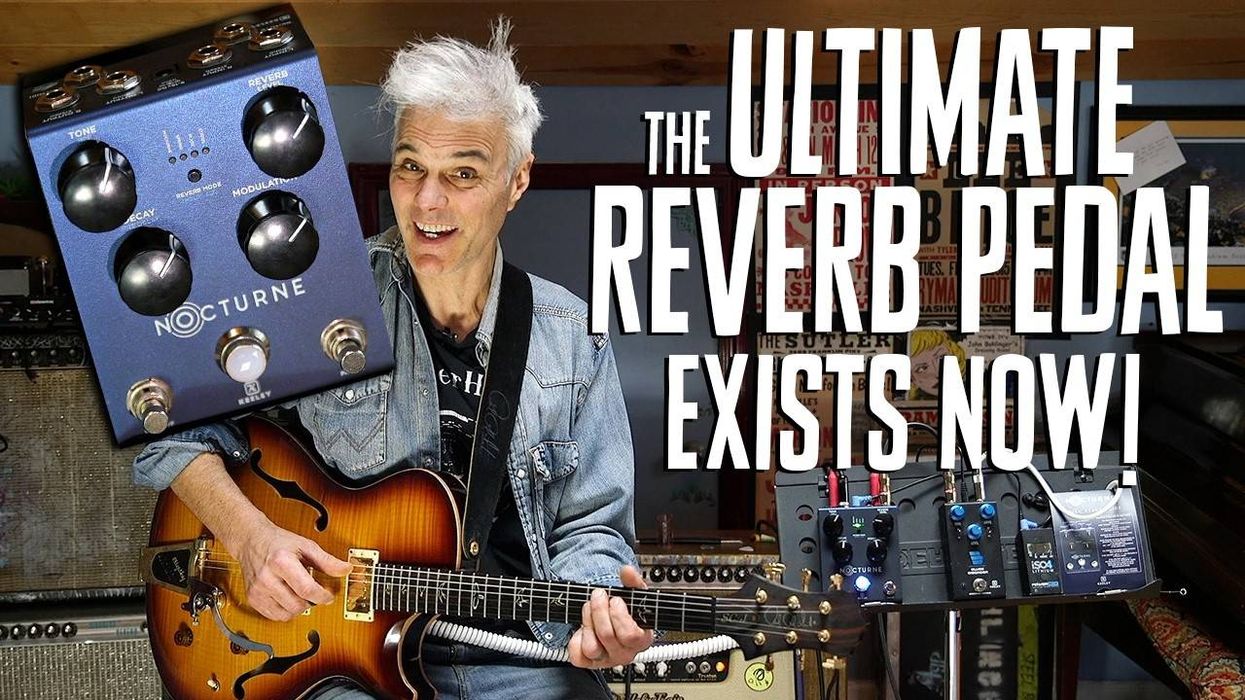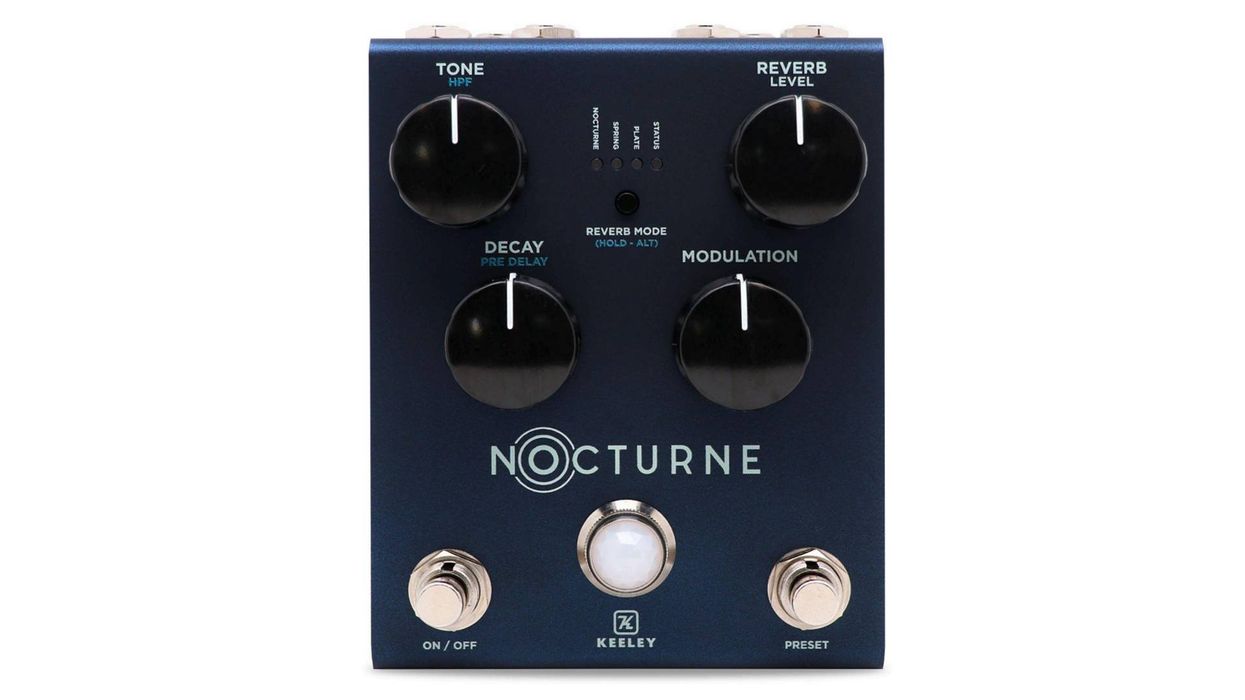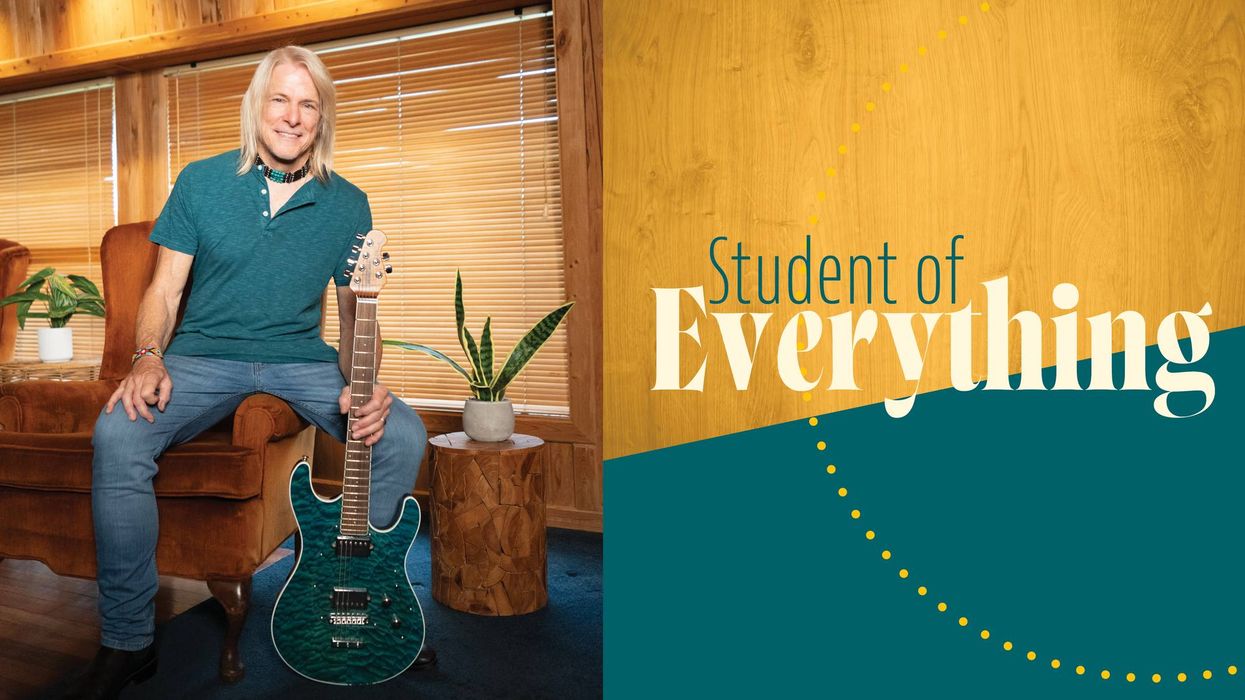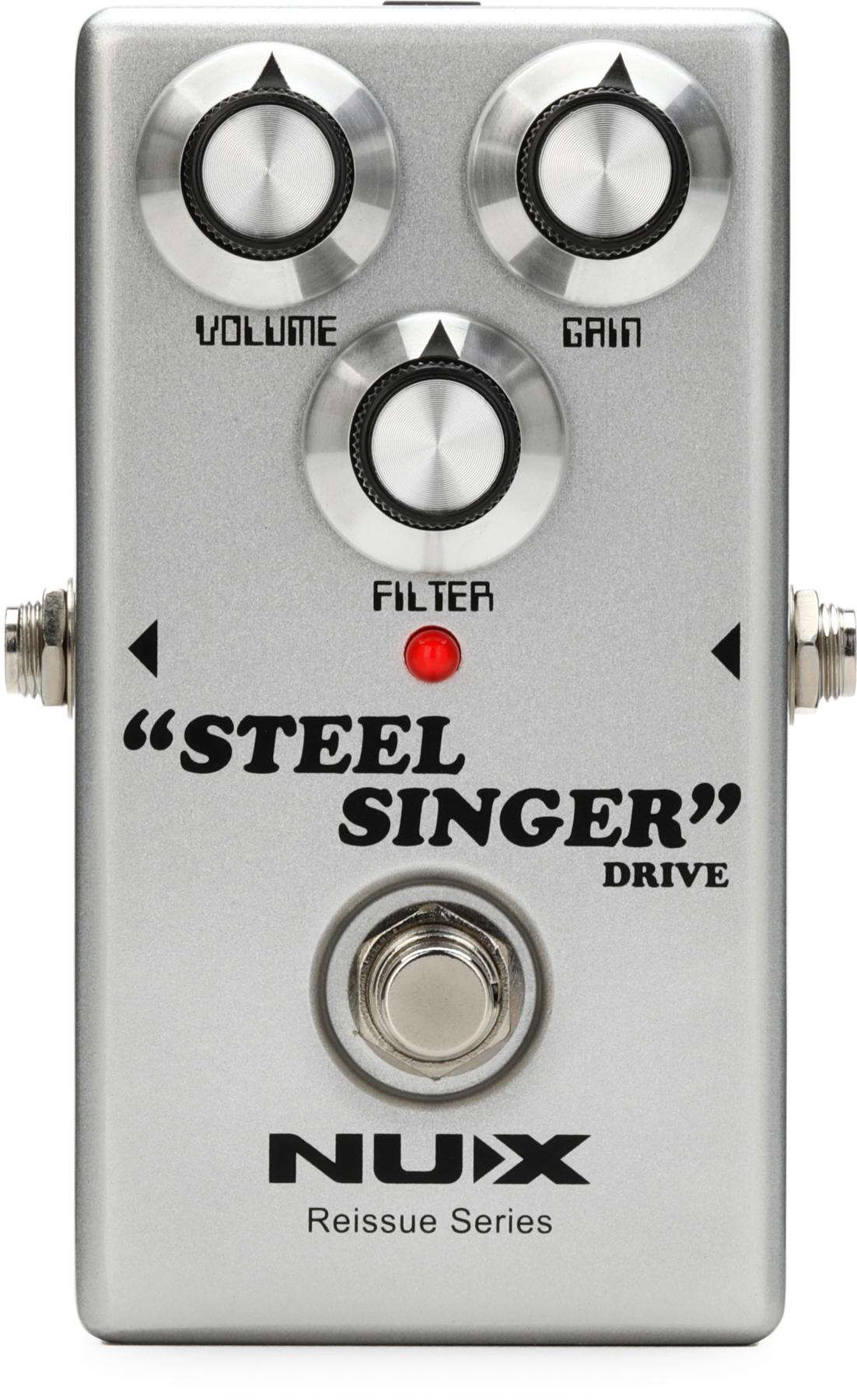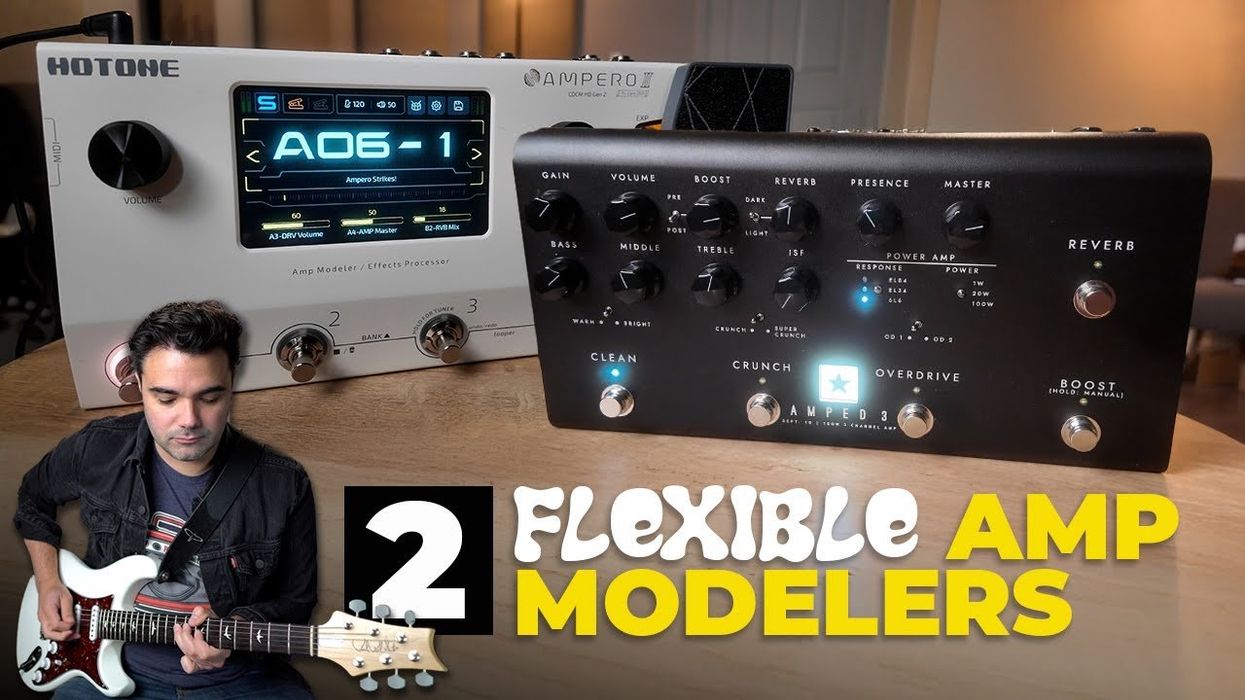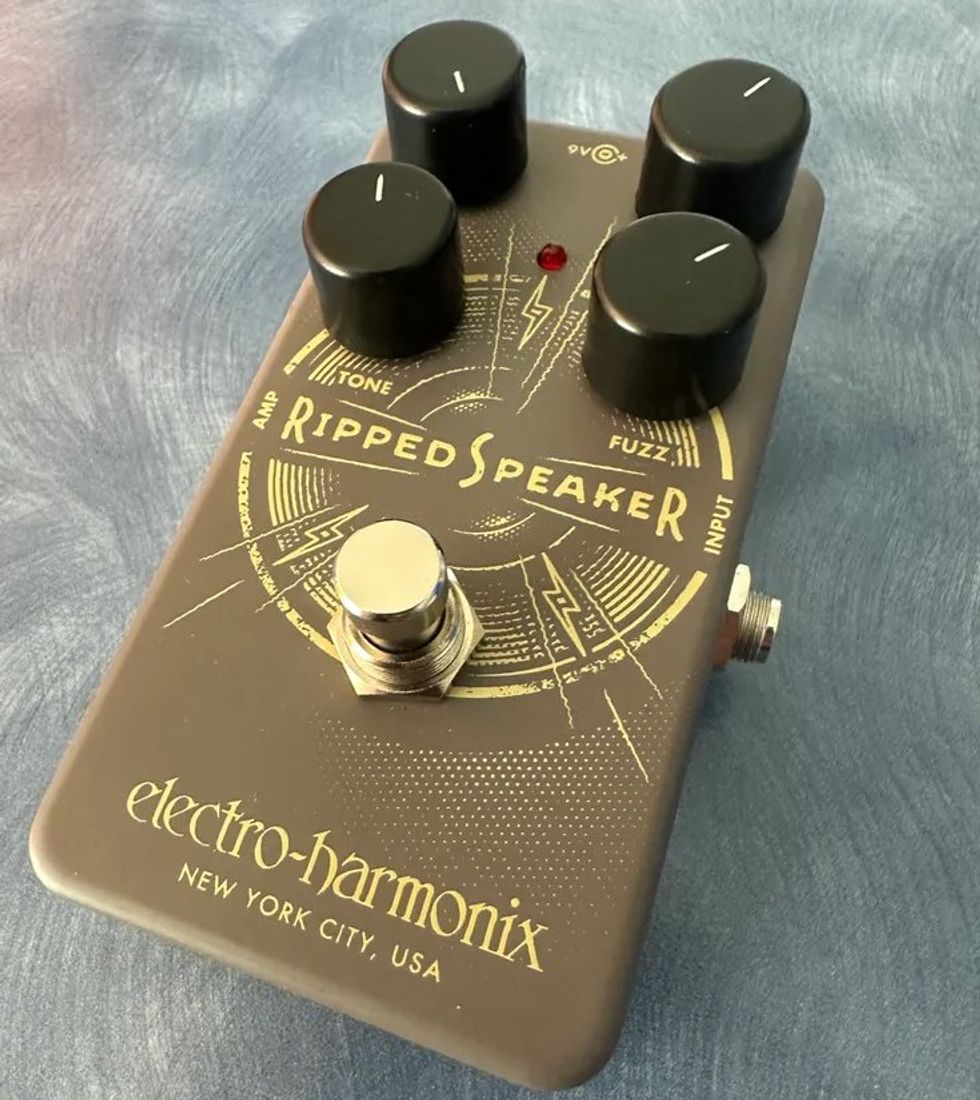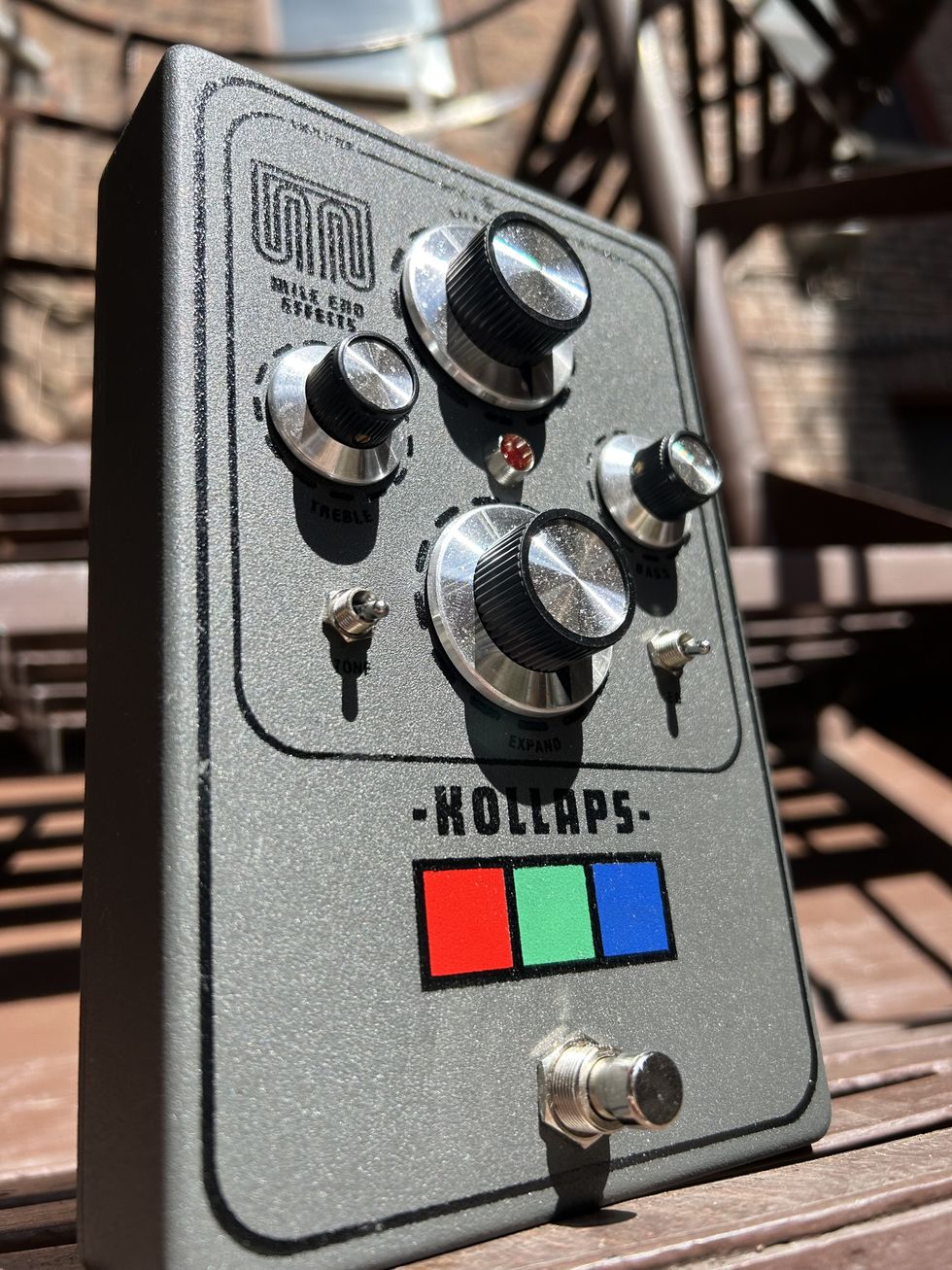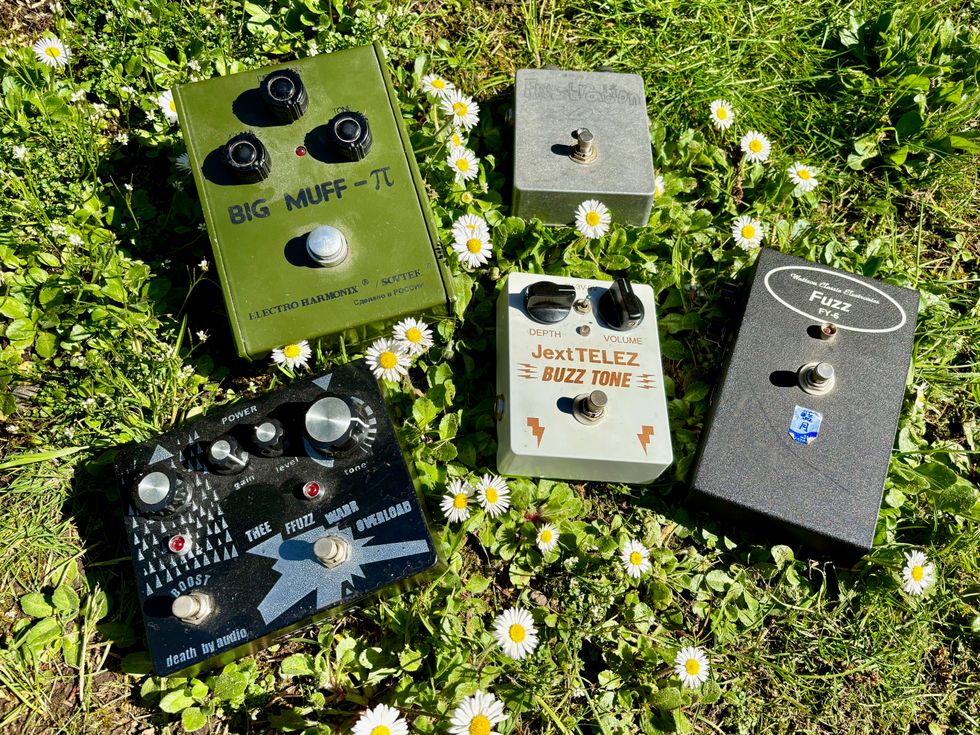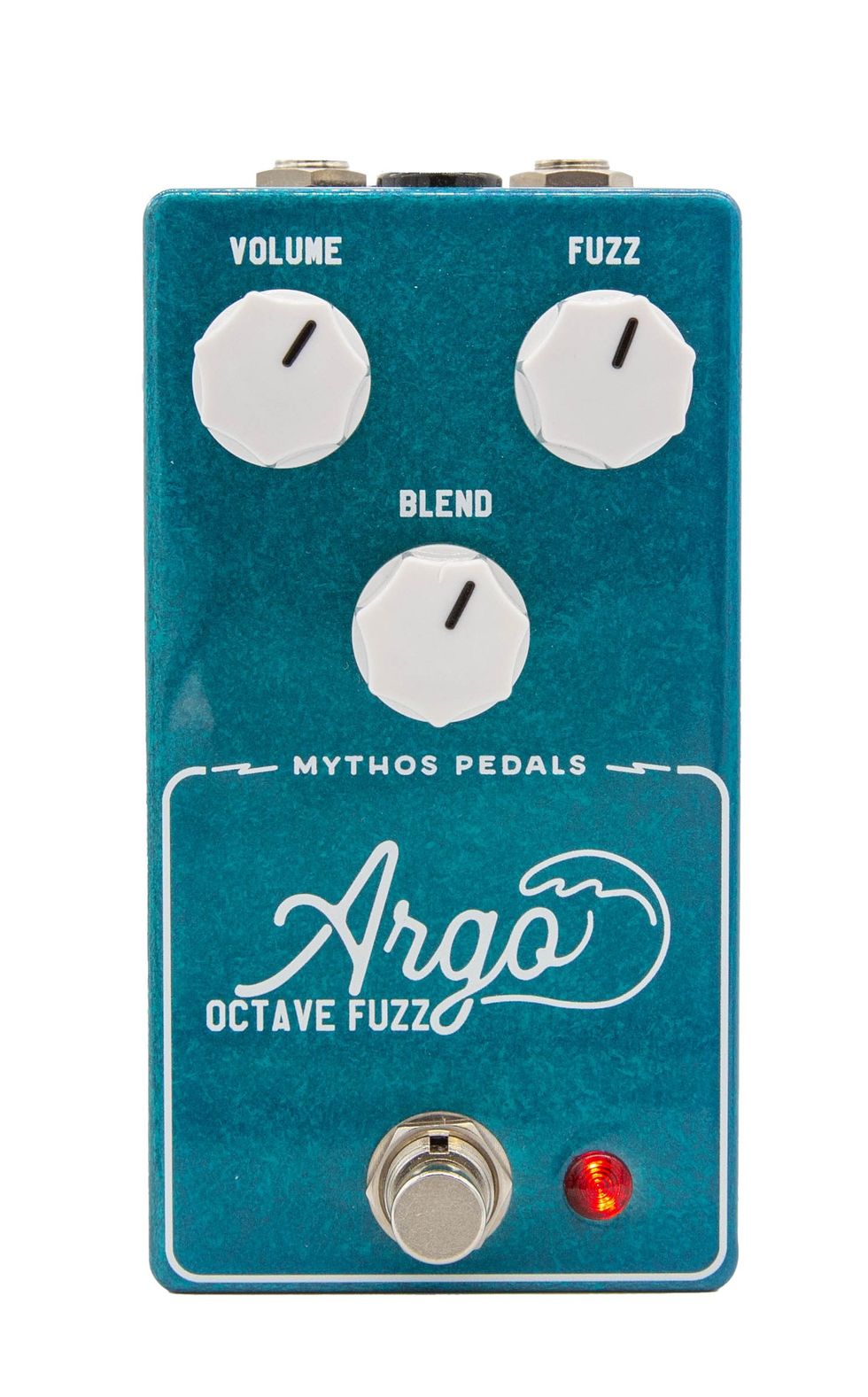Petaluma, CA (September 11, 2014) -- Kala Brand Music Co continues to broaden the company’s guitar choices with the addition of the Thinline acoustic/electric series. The Kala Thinline guitars are six-string models available in in both steel-string and nylon-string versions. Both are cutaway models that feature a Shadow SH Performer Pro Tuner NFX preamp with tuner and Nanoflex pickup. Kala originally offered a limited edition of the Thinline guitar series from 2008 to 2010, which the company put on hold in order to focus on the burgeoning Kala ukulele and U-BASS brands. The Thinlines are now being reintroduced in response to popular demand from Kala customers wanting to bring back the designs.
Kala’s Thinline guitars offer a performance style cutaway design with a 2.75” body depth, a solid spruce top, mahogany back and sides, gloss finish, and rosewood fingerboard. The Steel string model, KA-GTR-SMTS-E comes with Die-Cast chrome tuners while the Nylon String model, KA-GTR-SMTN-E, features Gold classical style tuners. Both are offered at $549.99 Retail.
The Kala Thinlines have been crafted to have a full rich tone whether played acoustically or when plugged in. The Shadow SH Performer series was selected when it was determined to be a perfect match to reproduce the Kala Thinline’s tonal range when amplified. Controls include Bass, Lo-Mid, Hi-Mid, Treble, Phase Invert, Chromatic tuner with on/off switch.
For more information:
Kala



